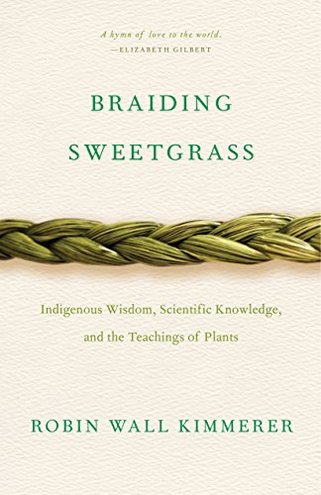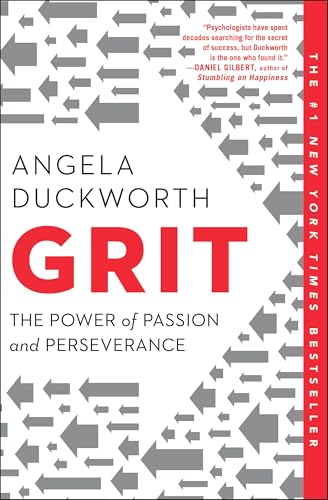Review of BRAIDING SWEETGRASS
by Johny McFliggen, PhD Literature & Business, Oxford
In the literary tapestry that is "Braiding Sweetgrass," Robin Wall Kimmerer does more than simply braid; she weaves a masterful narrative that straddles the worlds of indigenous wisdom and scientific rigor with an ease that would make even the most adept weaver envious. This work is not just a book; it's a symphony of storytelling, science, and spirituality—a kind of intellectual patchwork quilt that invites readers to wrap themselves in its warmth.
Kimmerer, a botanist and proud member of the Citizen Potawatomi Nation, brings her varied expertise to bear with the kind of authority that only someone who has one foot firmly planted in both the scientific and indigenous worlds could muster. Her writing is a gentle yet firm reminder that the planet is not merely a resource to be exploited but a community to which we belong—a theme that resonates deeply in our current age of ecological upheaval.
The book's central tenet, the reciprocity between humans and nature, might initially seem like the familiar refrain of environmental literature. However, Kimmerer's approach is refreshingly nuanced, akin to David Attenborough's whispered revelations about the natural world, but with an added layer of personal and cultural intimacy. Her exploration of gratitude and interconnectedness is both profound and pragmatic, urging readers to consider the world not as a collection of isolated organisms but as a vibrant, interdependent web.
Her prose, lyrical yet grounded, brings to mind Thoreau's "Walden," though Kimmerer's work is imbued with a cultural richness that Thoreau could only dream of. Each essay within this mosaic serves as a testament to the power of storytelling, much like Margaret Atwood's tales that dance on the line between myth and reality. Indeed, Kimmerer's narrative is a dance—one that gracefully steps between her scientific insights and indigenous traditions.
While some critics might argue that the book meanders, I would posit that this meandering is intentional, echoing the natural world's own refusal to conform to straight lines and sharp edges. In this way, "Braiding Sweetgrass" mirrors the sprawling branches of Powers' "The Overstory," each story a tributary flowing into the greater river of ecological awareness.
Kimmerer's reflections on ecological restoration are particularly compelling, offering a roadmap for sustainability rooted in the teachings of her ancestors. This aspect of her work aligns seamlessly with Peter Wohlleben's arboreal insights in "The Hidden Life of Trees," yet Kimmerer infuses her observations with a deeply personal resonance. Her call for ecological reciprocity is not just a plea but an invitation to engage with nature in a manner that is respectful and sustaining.
In sum, "Braiding Sweetgrass" is not merely a book to be read but an experience to be savored. It is a work that demands reflection and rewards patience with its quiet wisdom. As we navigate our own narratives within this world, Kimmerer's voice echoes as a reminder that our stories are but threads in the greater fabric of life. For those willing to listen, her songs of gratitude and reciprocity offer not just insight but inspiration—a guidepost for those seeking harmony with the Earth.
Purchase Link: BRAIDING SWEETGRASS on Amazon



